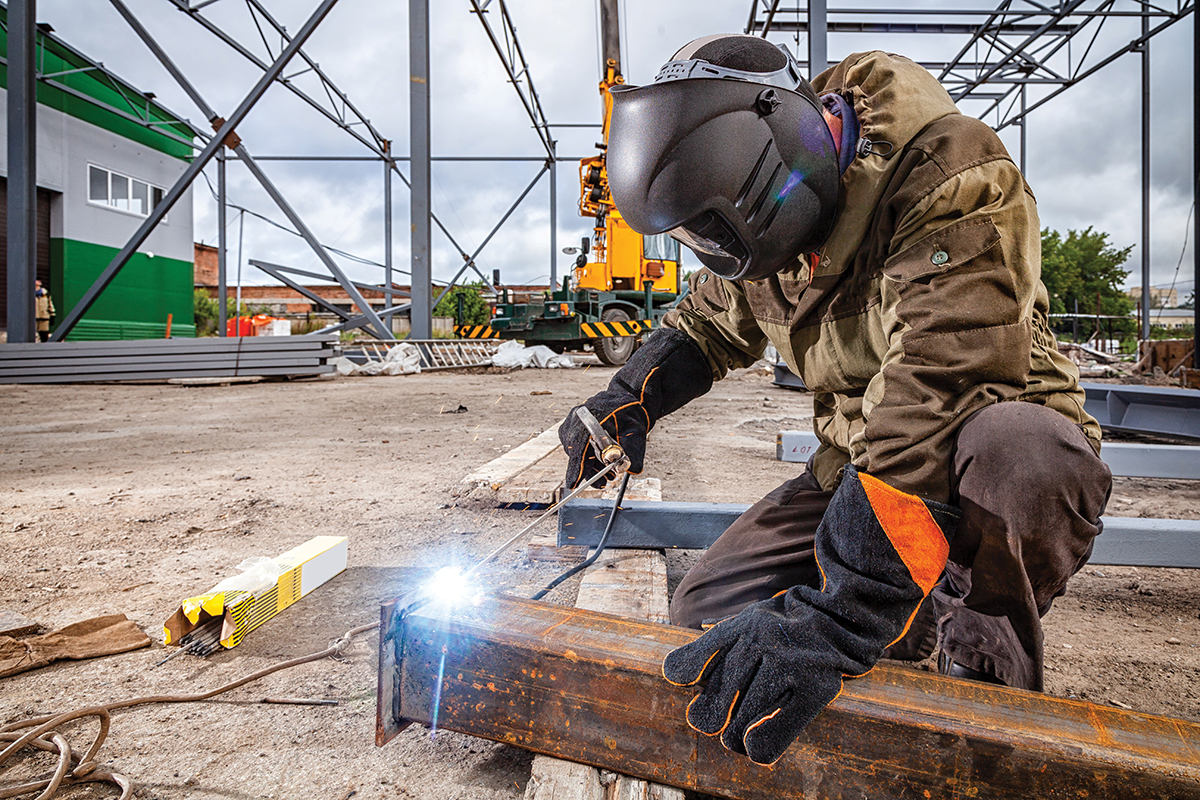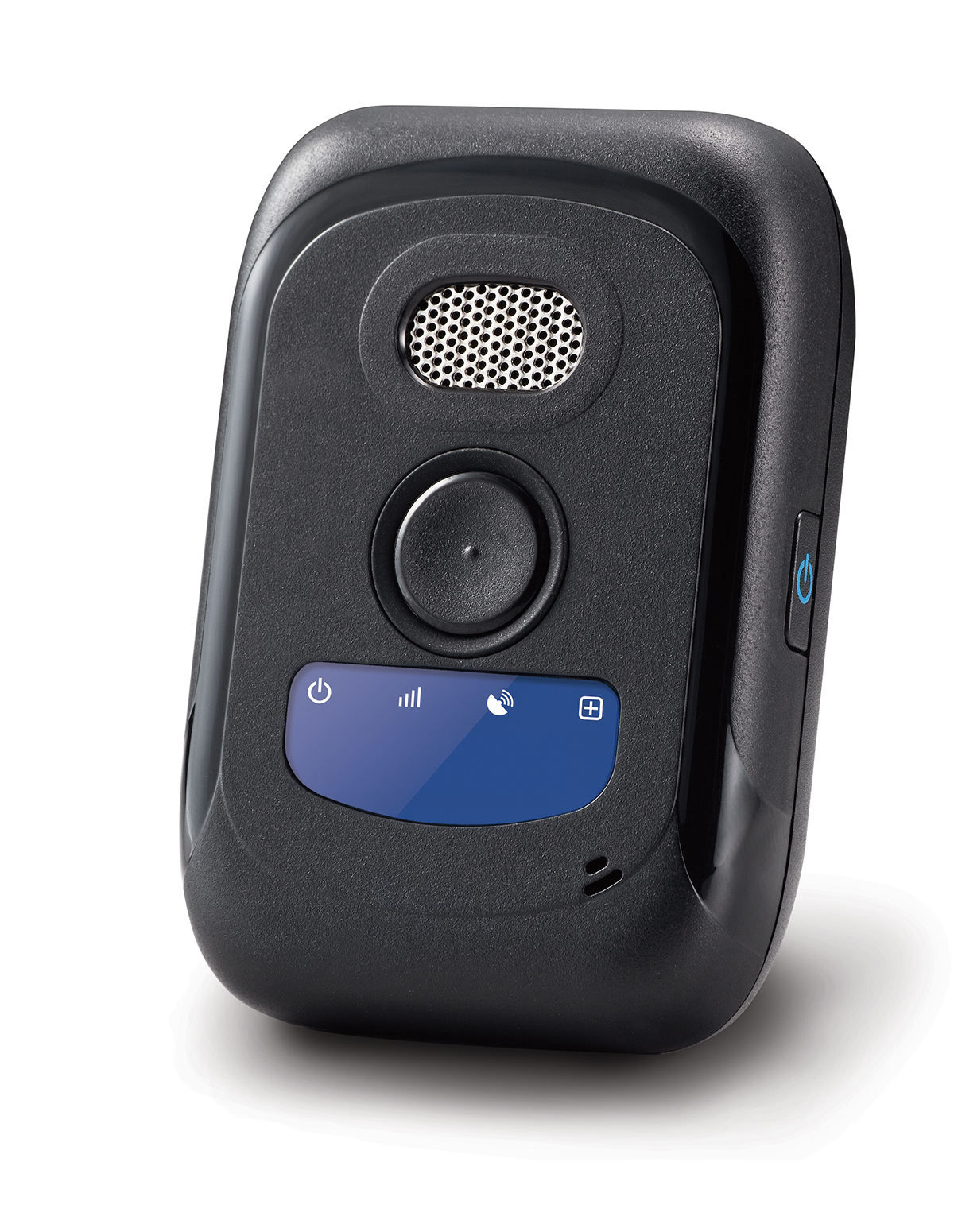Arc flash-rated clothing protects workers from the threat of flash fires, which can include spontaneous combustions that can occur in confined spaces and areas with the presence of hazardous, flammable gasses. Workers occupying these spaces must wear arc-rated (AR) clothing to protect themselves from injuries and burns that can be life-threatening. Each piece of arc flash workwear is tested, rated, and classified based on its ability to prevent second-degree burns. Workers should consider the risks and their personal safety needs when choosing AR clothing for the task at hand.
Choosing the Right AR Workwear
It’s essential to remember AR clothing is not the same as flame-resistant (FR) clothing. Arc flash workwear is made with unique flame-resistant materials and stitching patterns designed to prevent the garment from going up in flames. FR clothing protects workers from burns, but it doesn’t offer the same level of protection as AR clothing. Therefore, all AR workwear is flame resistant, but not all FR clothing is qualified to protect users from arc flash hazards. The worker may not have enough time to escape the confined space, so AR clothing will need to protect them from potential burns.
All AR workwear is rated based on its performance during the testing process, and there are several rating standards, including ASTM F1506, ASTM F1959, IEC 61482-2, IEC 61482-1-1 Method A, and IEC 61482-1-1 Method B. According to ASTM F1959, at least 20 clothing samples are tested by exposing the garments to extreme heat before the item can be approved. Each piece is lined with sensors that measure how much heat is needed to cause a second-degree burn using the Stoll Curve.
The Stoll Curve test determines at what point there is a 50% possibility of the wearer experiencing the onset of a second-degree burn. If holes open in the fabric before the 50% probability threshold is reached, the Energy Break-Open Threshold (EBT) is calculated in calories per centimeter squared. This number is then used as the arc flash rating. It is displayed as ATPV (Arc Thermal Performance Value) or EBT. These ratings are often the same, but the most conservative estimate should be used if they differ.
The workwear will receive an arc flash rating if it passes the AR test. According to the National Fire Protection Association (NFPA), the four classes of AR workwear are:
Category 1: Minimum Arc Rating of 4 cal/cm2. Uses a single layer of arc flash clothing.
Category 2: Minimum Arc Rating of 8 cal/cm2. Weighs about the same as Cat. 1 with extra protection.
Category 3: Minimum Arc Rating of 25 cal/cm2. Worn by first responders, like firefighters, and includes an arc-rated flash hood, insulating gloves, and additional PPE.
Category 4: Minimum Arc Rating of 40 cal/cm2. Offers the maximum level of protection.
Workers can use these ratings to select AR clothing based on the likelihood of a flash fire. Make sure to purchase AR garments that have been rated and tested by reputable third-party organizations and companies, like Underwriters Laboratories (UL). They will usually tag their AR garments to state which standards they meet.
In addition to finding properly rated AR clothing, workers should select comfortable garments that are easy to use on the job. These items may need to be worn with other safety equipment, including goggles, gloves, hard hats, and face hoods. Teams should provide AR clothing in multiple sizes to allow workers to find the best fit.
Maintaining AR Workwear
AR workwear needs to be maintained like all safety equipment, or the garment may lose its protective properties over time. Before donning it in the field, workers should inspect their garment for damage, including rips or tears. If the item is damaged, it can only be repaired using the same AR material used to make the garment.
Workers will also need to launder their equipment regularly to prevent the buildup of ash, dirt, and bacteria. They must adhere to the manufacturer’s guidelines when washing the clothing. Certain detergents and fabric softeners will ruin the clothing’s protective properties. Teams should keep this information in mind when using AR clothing to protect themselves on the job.











Find Us on Socials